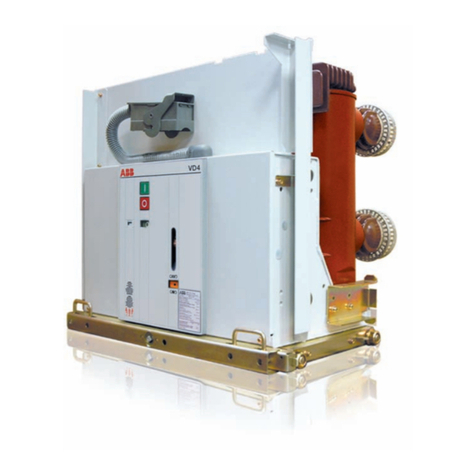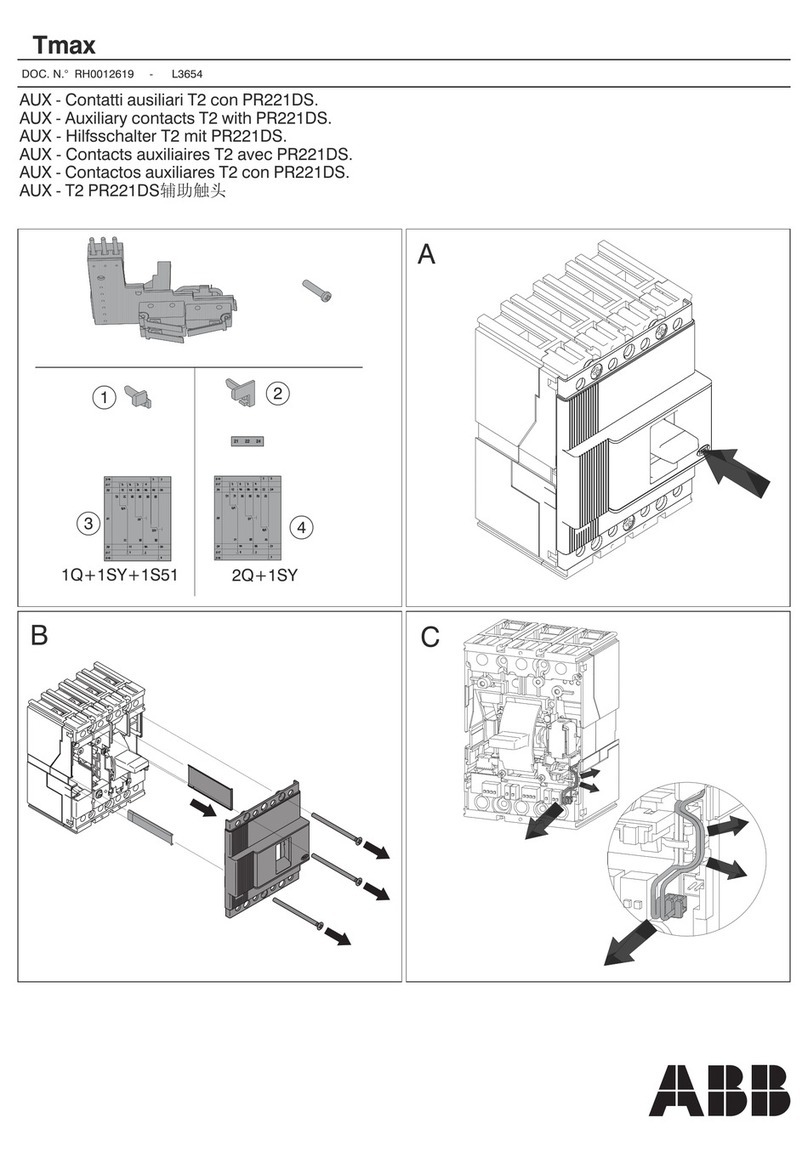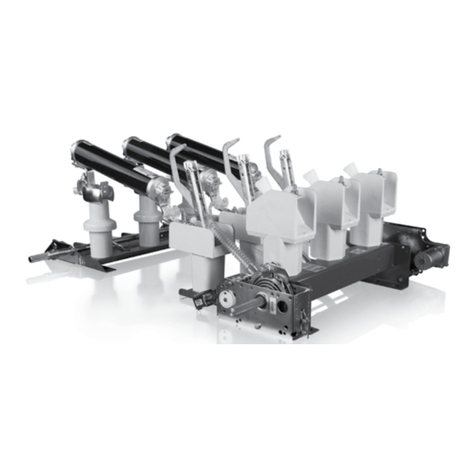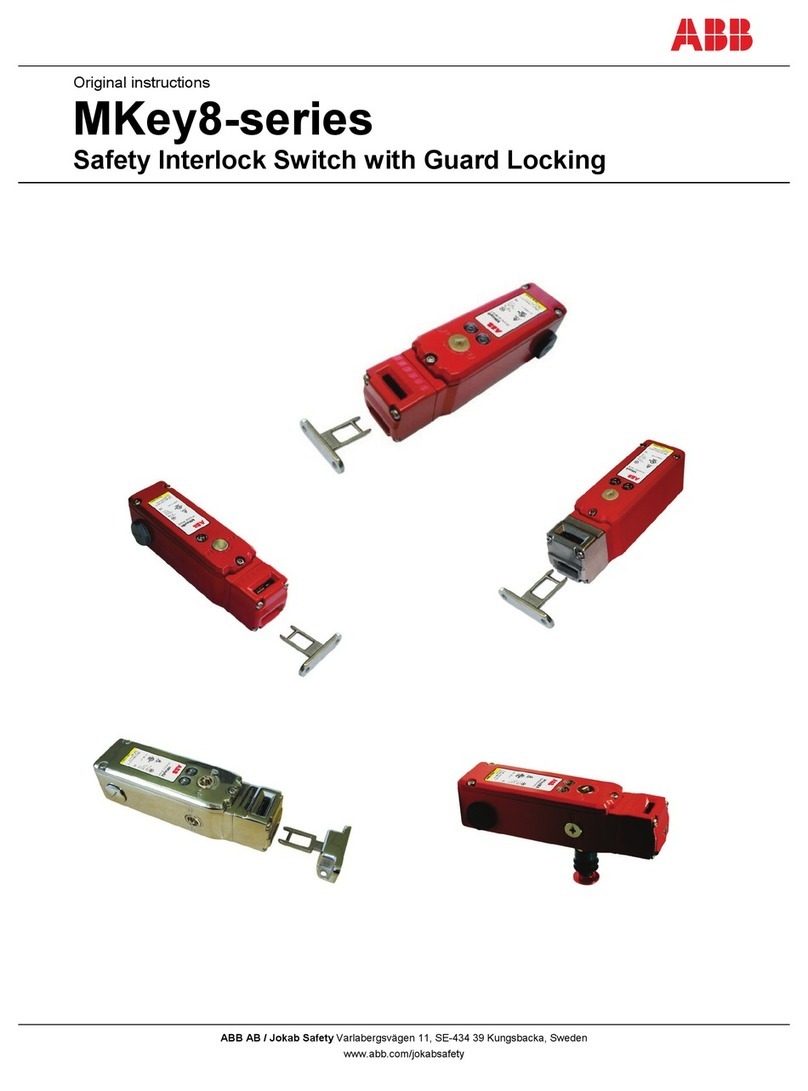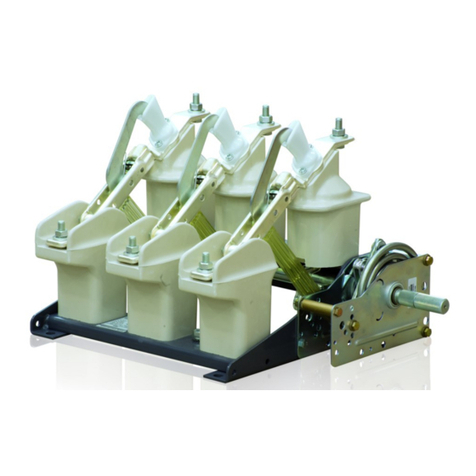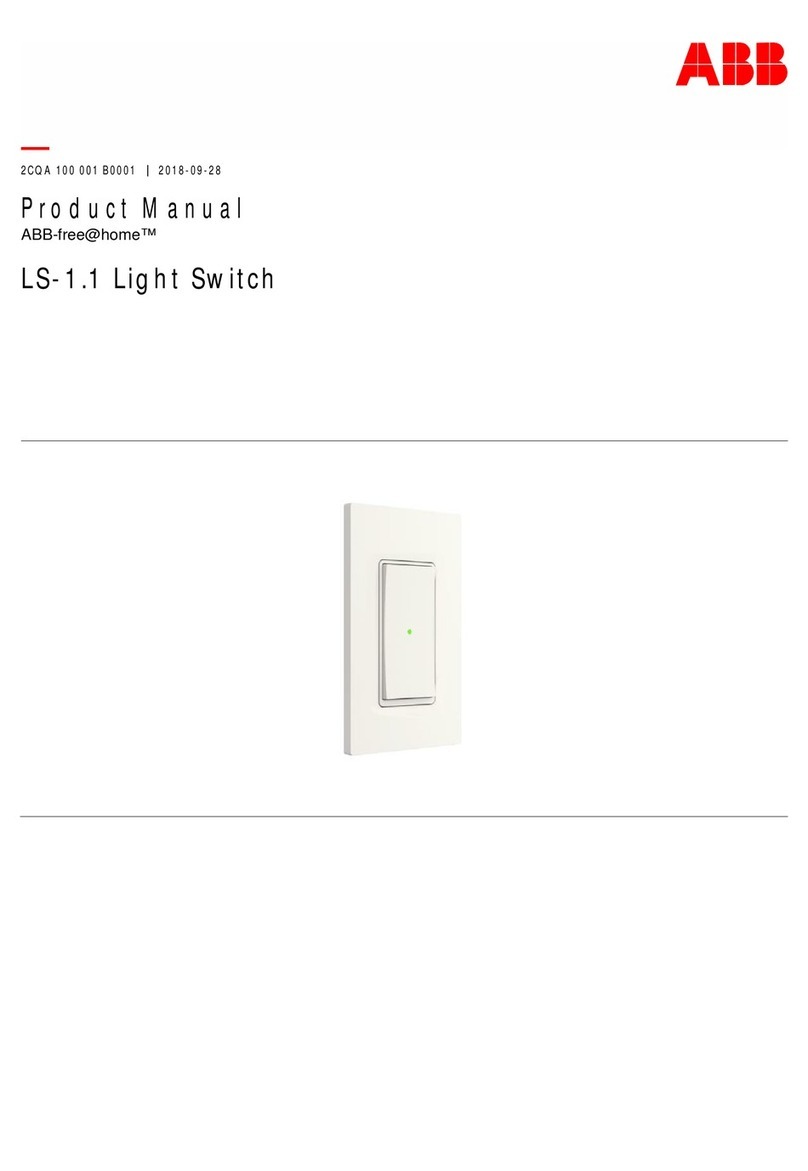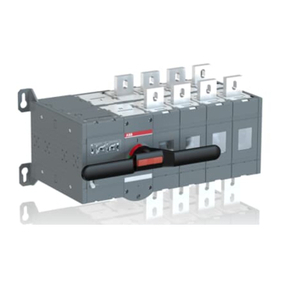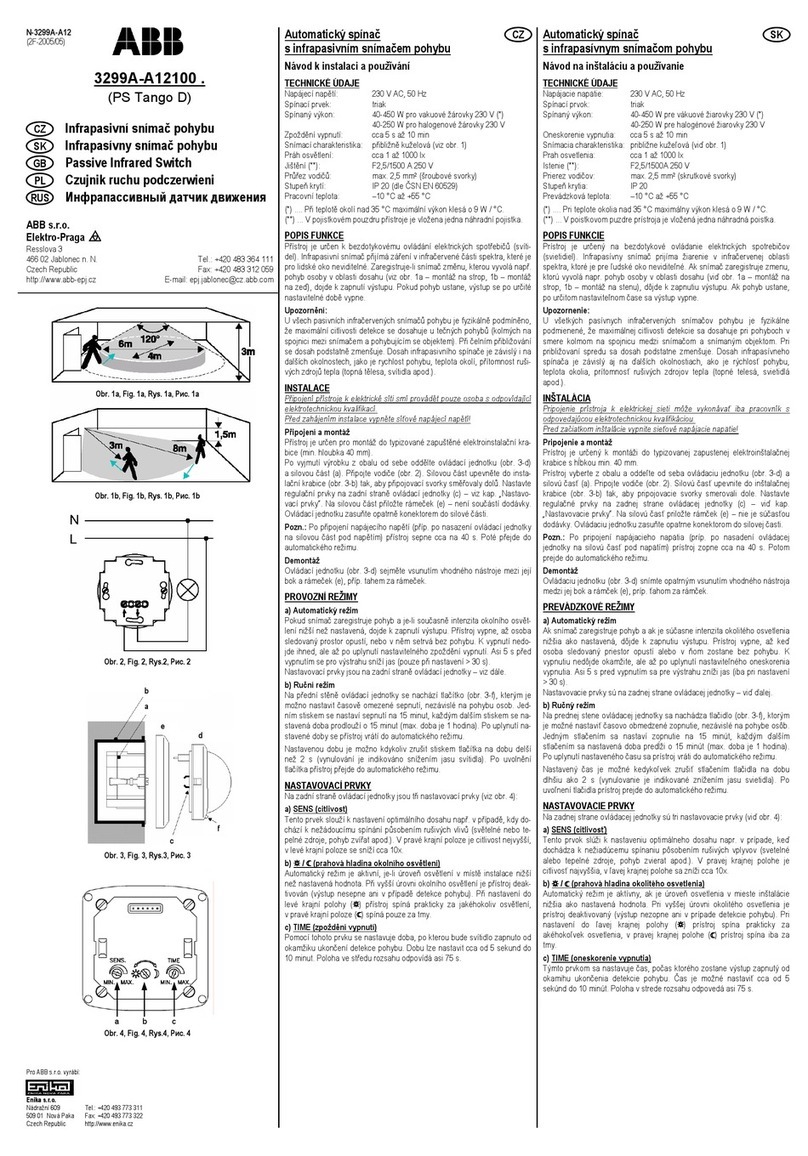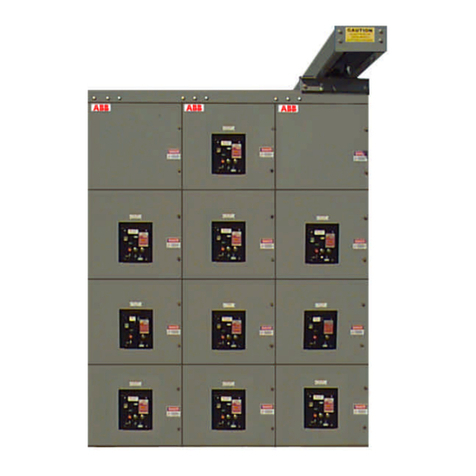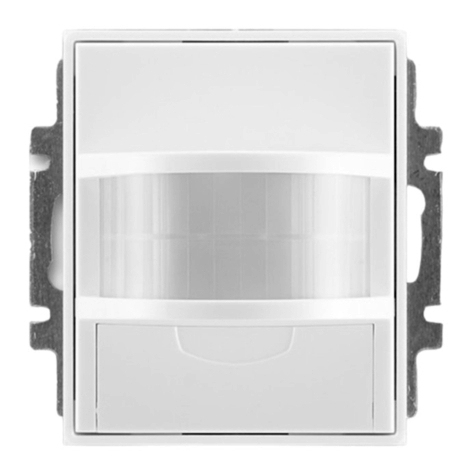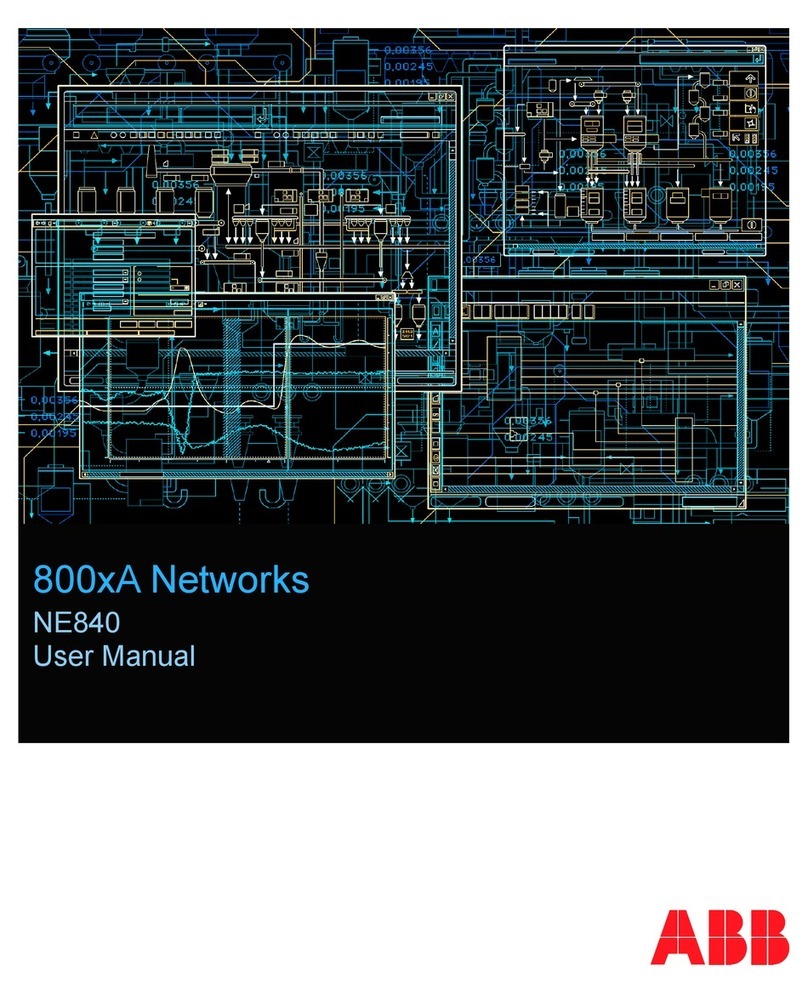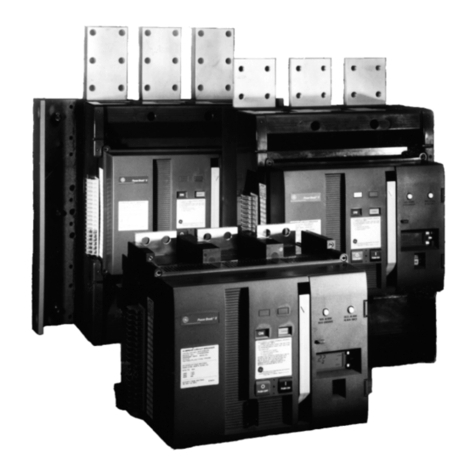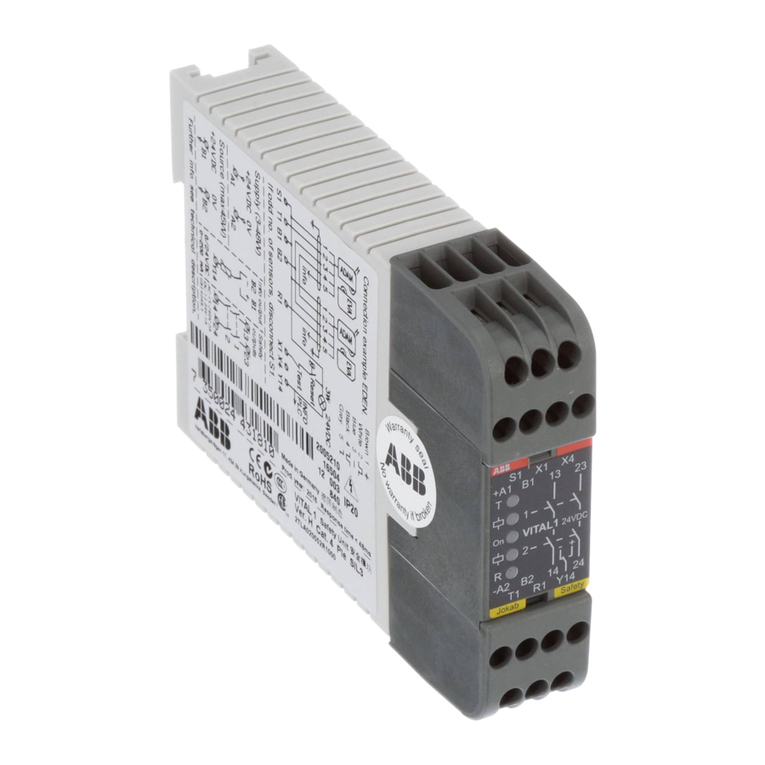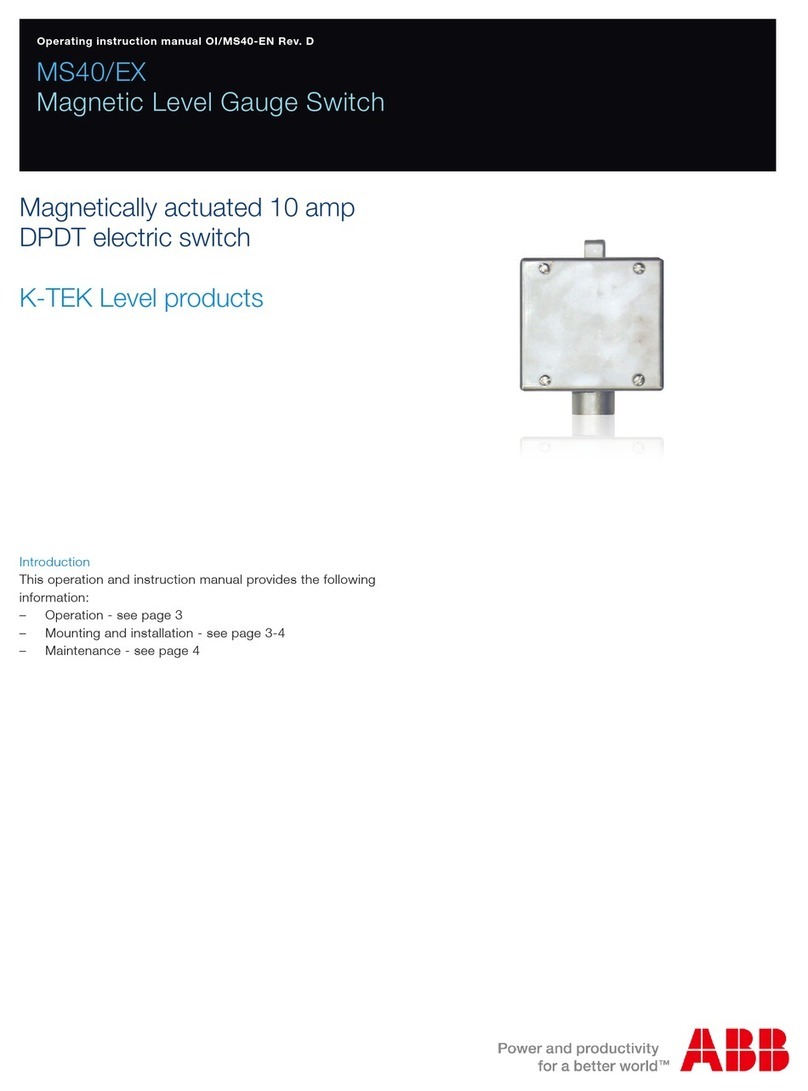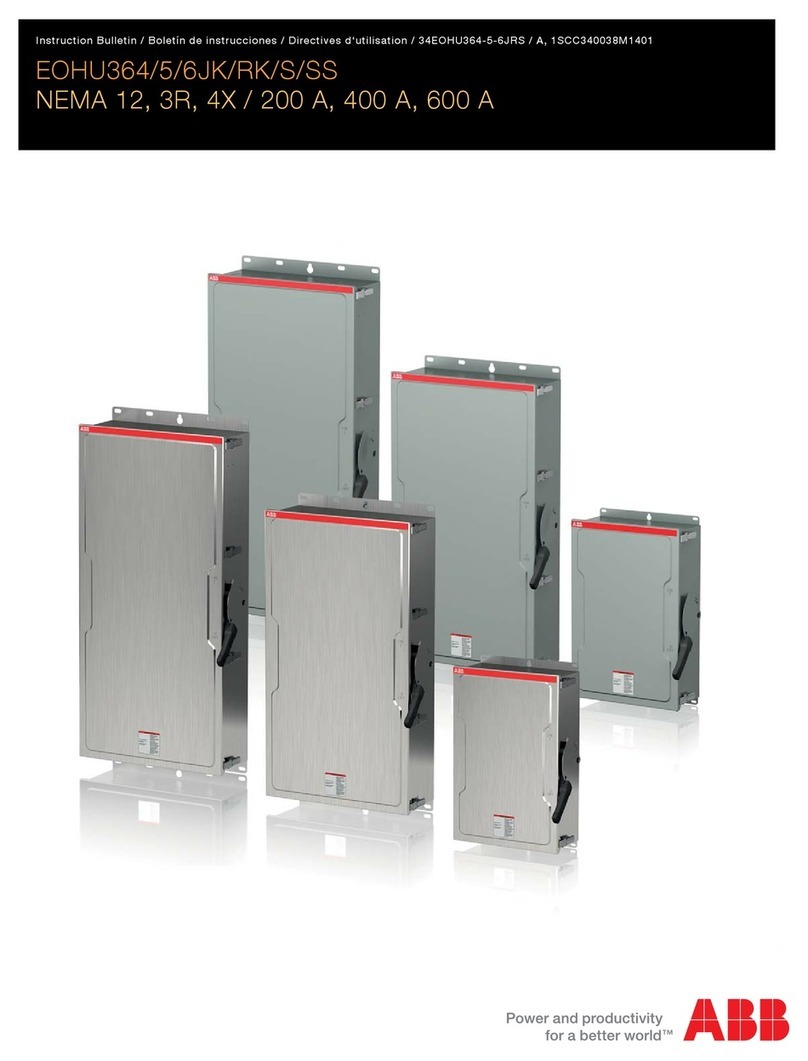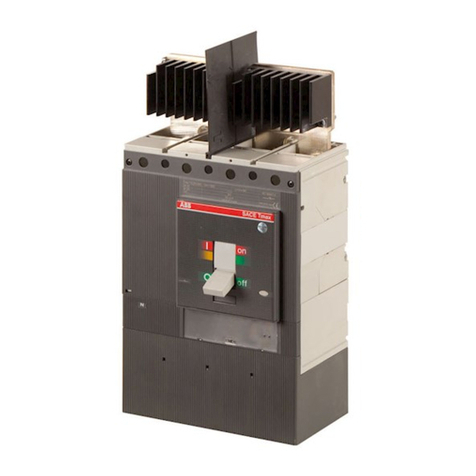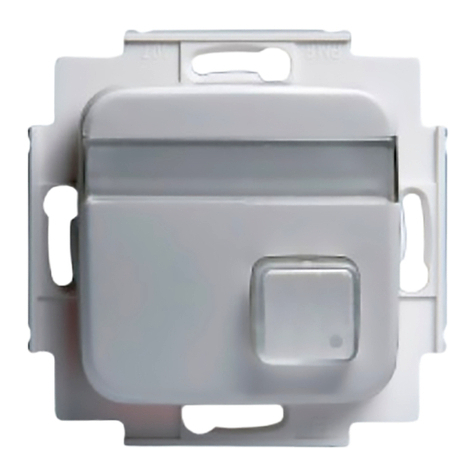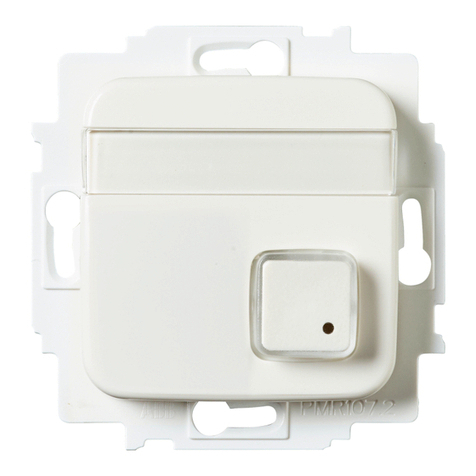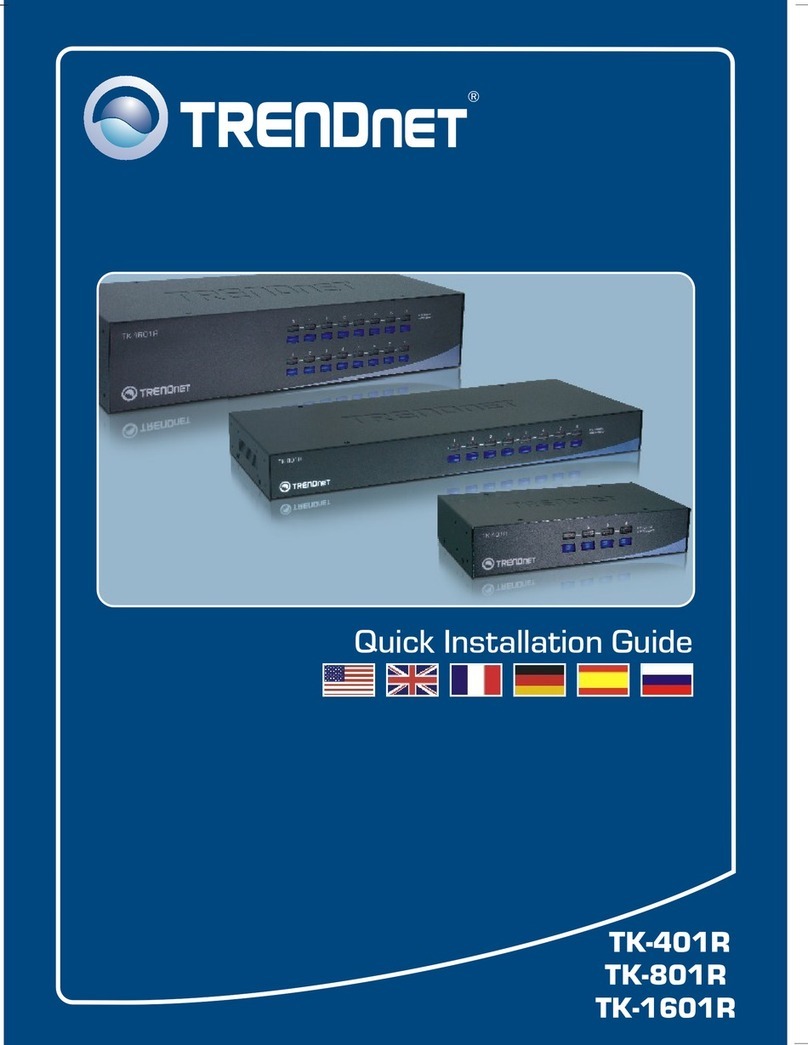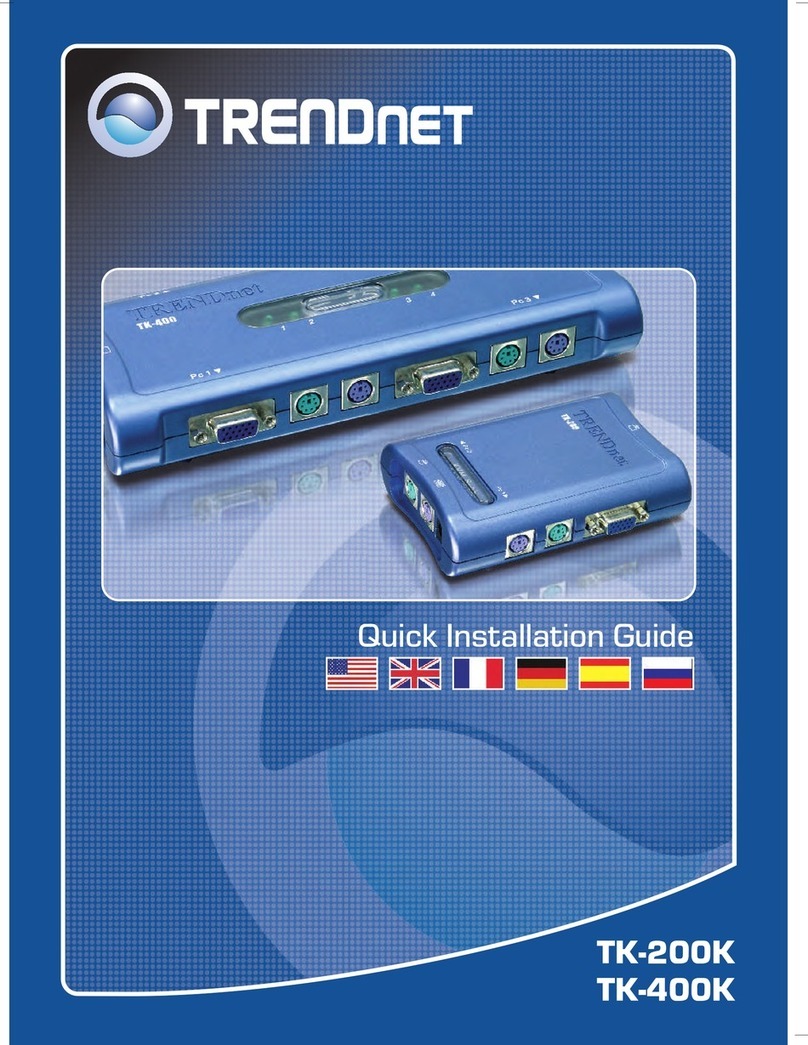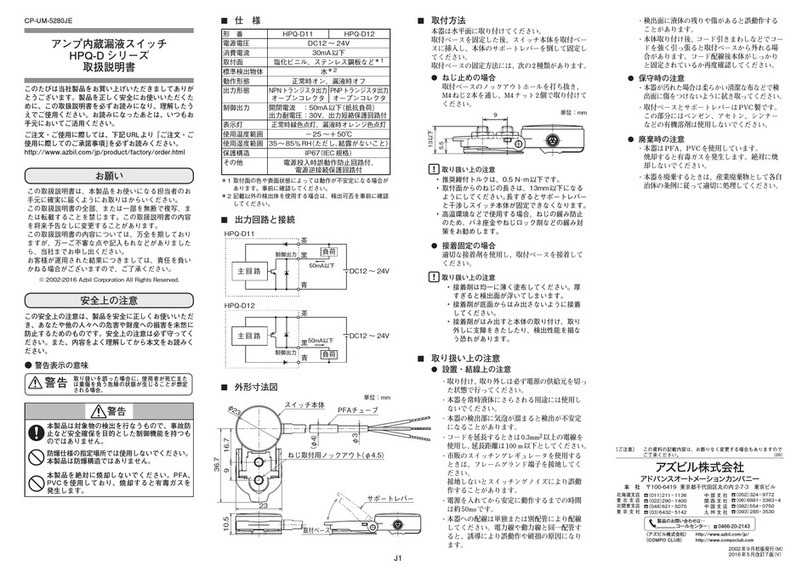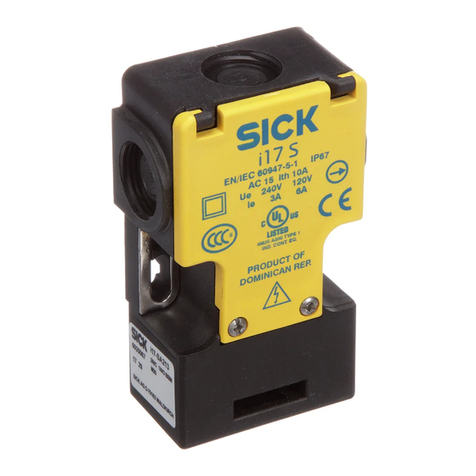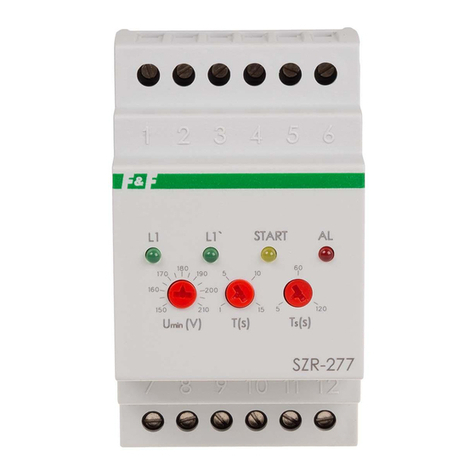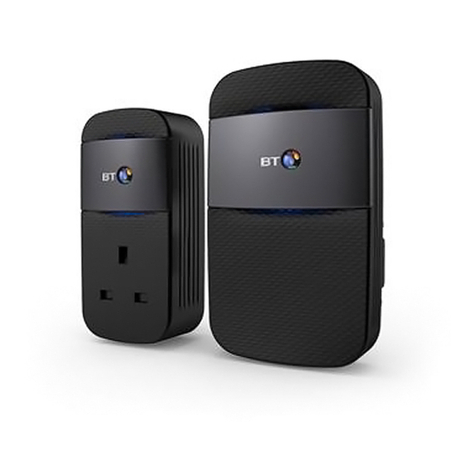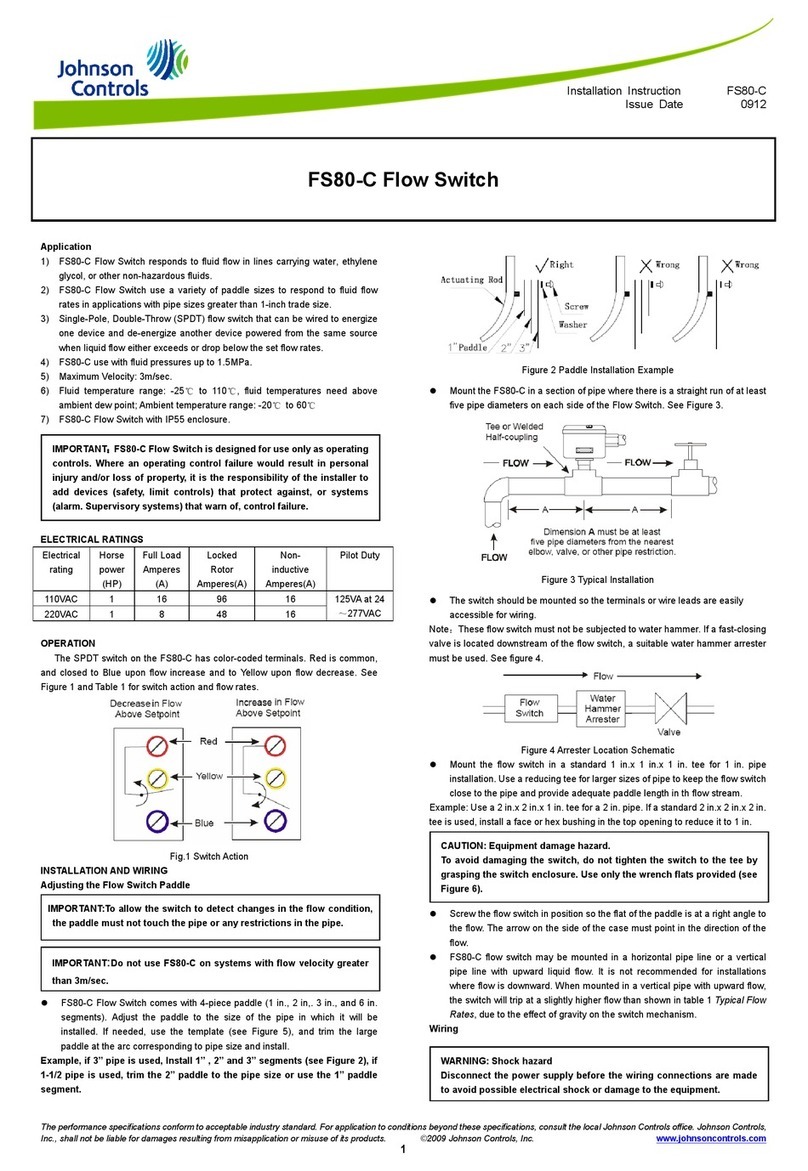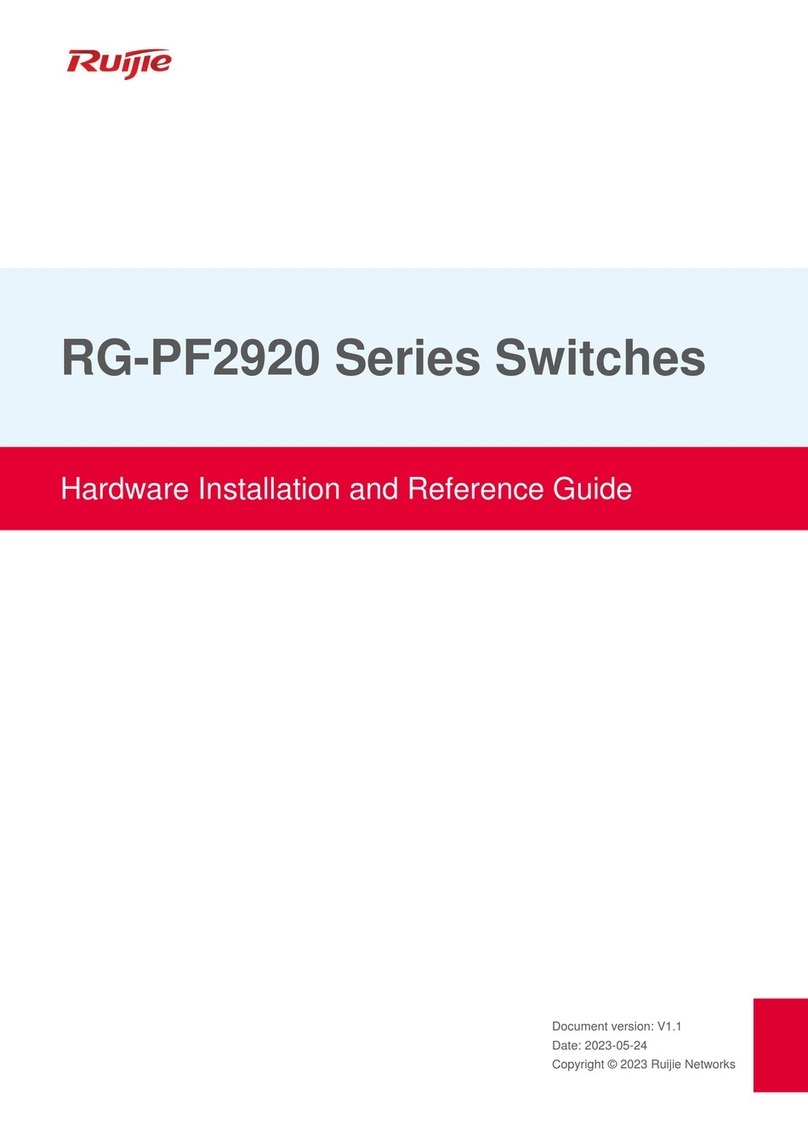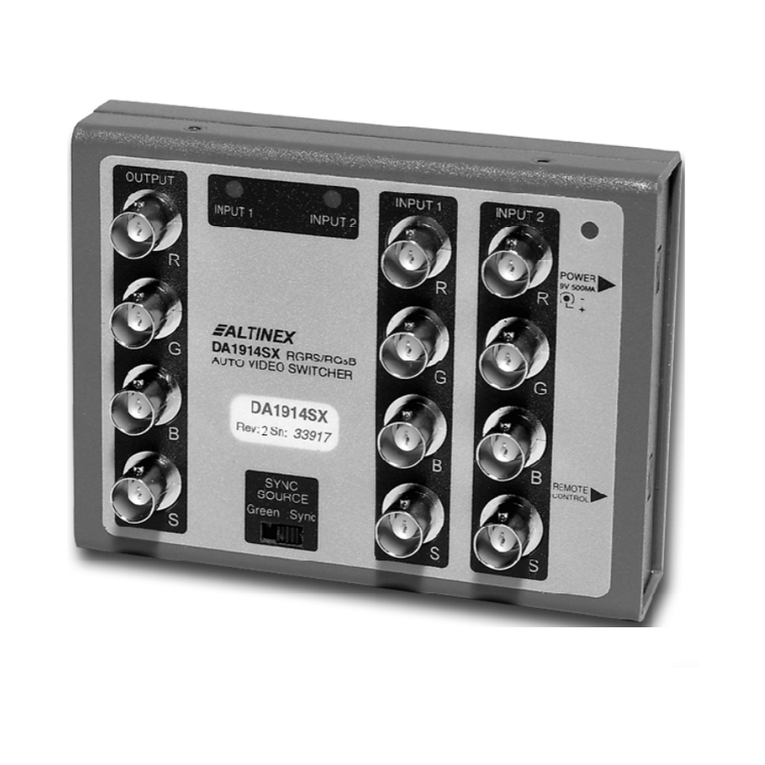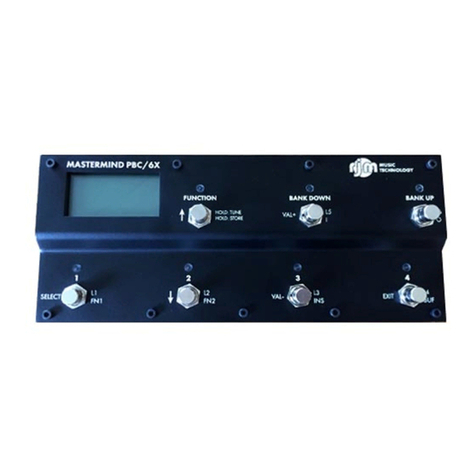
N° Doc.
Doc. No.
Mod.
Rev.
M4379 SACE Emax
601933/004
Apparecchio
Apparatus
Scala
Scale
N° Pag.
Sh. No.
2/96
12.3.1.1 Scelta del valore di soglia (I1) « 57
12.3.1.2 Scelta della curva di intervento (t1) « 58
12.3.1.3 Esempio di impostazione « 59
12.3.2 Protezione da corto circuito a
tempo breve (S) « 59
12.3.2.1 Scelta del valore di soglia (I2) « 59
12.3.2.2 Scelta del tipoà di curva d’intervento (t2) « 59
12.3.2.2.1 Curve di intervento a tempo breve inverso « 59
12.3.2.2.2 Curve di intervento a tempo indipendente « 60
12.3.2.3 Esempio di impostazione « 60
12.3.3 Protezione da corto circuito istantaneo (I) « 61
12.3.3.1 Scelta del valore di soglia (I3) « 61
12.3.3.2 Caratteristiche del tempo di intervento (t3) « 62
12.3.3.3 Esempio di impostazione « 62
12.3.4 Protezione da guasto a terra breve
inverso (G) « 62
12.3.4.1 Scelta del valore di soglia (I4) « 62
12.3.4.2 Scelta della curva di intervento (t4) « 63
12.3.4.3 Esempio di impostazione « 63
12.3.5 Protezione a soglia fissa da
corto circuito « 64
12.3.5.1 Scelta del valore di soglia (linst) « 64
12.4 Funzione di TRIP TEST « 65
12.5 Accessorio di sgancio TT1 « 65
12.6 Funzione connettore TEST « 66
12.7 Mostrina sganciatore « 66
12.8 Curve di intervento « 67
13. Unità di protezione SACE PR1112/P-LSI-LSIG « 69
13.1Generalità « 69
13.2 Sensori amperometrici « 69
13.2.1 Sensori amperometrici di fase « 69
13.2.2 Trasformatore toroidale esterno
“Source Ground Return" « 69
13.3 Interfaccia utente « 70
13.4 Mostrina sganciatore « 70
13.4.1 Display e tasti funzione « 71
13.4.2 Segnalazioni ottiche « 73
13.4.3 Segnalazioni elettriche « 73
13.4.4 Reset delle segnalazioni ottiche ed elettriche « 73
13.4.5 Funzione di Test « 74
13.4.6 Funzione Read / Edit « 74
13.4.7 Autodiagnosi del micropocessore « 75
13.5 Impostazione dei parametri di funzionamento « 75
13.5.1 Parametri di configurazione base « 75
13.6 Funzioni di protezione « 79
13.6.1 Protezione da sovraccarico a tempo
dipendente (L) « 79
13.6.1.1 Scelta del valore di soglia (I1) « 80
13.6.1.2 Scelta della curva di intervento (t1) « 80
13.6.1.3 Memoria termica “L” « 80
13.6.2 Protezione da corto circuito a tempo breve (S) « 80
13.6.2.1 Scelta del valore di soglia (I2) « 80
13.6.2.2 Scelta del tipo di curva d’intervento (t2) « 80
13.6.2.2.1 Curve di intervento a tempo breve inverso « 81
13.6.2.3 Memoria termica “S” « 81
13.6.2.4 Selettività di zona “S” « 81
13.6.3 Protezione da corto circuito istantaneo (I) « 81
13.6.3.1 Scelta del valore di soglia (I3) « 81
13.6.3.2 Caratteristiche del tempo di intervento (t3) « 81
13.6.4 Protezione da guasto a terra (G) « 82
13.6.4.1 Scelta del valore di soglia (I4) « 82
13.6.4.2 Scelta del tipo di curva d’intervento (t4) « 82
13.6.4.2.1 Curve di intervento a tempo breve inverso « 82
13.6.4.2.2 Curve d’intervervento a tempo indipendente « 83
13.6.4.3 Funzione di protezione Source Ground Return « 83
13.6.4.4 Selettività di zona “G” « 83
12.3.1.1 Selection of the threshold value (I1) « 57
12.3.1.2 Selection of the trip curve (t1) « 58
12.3.1.3 Example of setting « 59
12.3.2 Protection against short-circuit with short
time-delay (S) « 59
12.3.2.1 Selection of the threshold value (I2) « 59
12.3.2.2 Selection of the type of trip curve (t2) « 59
12.3.2.2.1 Trip curves with inverse short time-delay « 59
12.3.2.2.2 Trip curves with definite time-delay « 60
12.3.2.3 Example of setting « 60
12.3.3 Protection against instantaneous short-circuit (I)« 61
12.3.3.1 Selection of the threshold value (I3) « 61
12.3.3.2 Characteristics of the trip time (t3) « 62
12.3.3.3 Example of setting « 62
12.3.4 Protection against earth fault withg inverse
short time-delay (G) « 62
12.3.4.1 Selection of the threshold value (I4) « 62
12.3.4.2 Selection of the trip curve (t4) « 63
12.3.4.3 Example of setting « 63
12.3.5 Fixed threshould protection against
short-circuit « 64
12.3.5.1 Selection of the threshold value (Iinst) « 64
12.4 TRIP TEST function « 65
12.5 TT1 release accessory « 65
12.6 TEST connector function « 66
12.7 Release flange « 66
12.8 Trip curves « 67
13. SACE PR112/P-LSI-LSIG protection units «
69
13.1 General « 69
13.2 Current sensors « 69
13.2.1 Phase current sensors « 69
13.2.2 External “Source Ground Return” external
toroidal transformer « 69
13.3 User interface « 70
13.4 Release flange « 70
13.4.1 Display and function keys
«
71
13.4.2 Visual indications « 73
13.4.3 Electrical signals « 73
13.4.4 Resetting of optical and electrical signals « 73
13.4.5 Test functions
«
74
13.4.6 Read / Edit function « 74
13.4.7 Microprocessor self-diagnosis « 75
13.5 Setting the operating parameters « 75
13.5.1 Basic configuration parameters « 75
13.6 Protection functions « 79
13.6.1 Protection against overload with definite time (L) « 79
13.6.1.1 Selection of the threshold value (I1) « 80
13.6.1.2 Selection of the trip curve (t1) « 80
13.6.1.3 Thermal memory “L” « 80
13.6.2 Protection against short-circuit with short
time-delay (S) « 80
13.6.2.1 Selection of the threshold value (I2) « 80
13.6.2.2 Selection of the type of trip curve (t2) « 80
13.6.2.2.1 Trip curves with inverse short time-delay « 81
13.6.2.3 Thermal memory “S” « 81
13.6.2.4 Zone selectivity “S” « 81
13.6.3 Protection against instantaneous short-circuit (I) « 81
13.6.3.1 Selection of the threshold value (I3) « 81
13.6.3.2 Trip time characteristics (t3) « 81
13.6.4 Protection against earth fault (G) « 82
13.6.4.1 Selection of the threshold value (I4) « 82
13.6.4.2 Selection of the type of trip curve (t4) « 82
13.6.4.2.1 Trip curves with inverse short time-delay « 82
13.6.4.2.2 Trip curves with definite time-delay « 83
13.6.4.3 Source Ground Return protection function « 83
13.6.4.4 Zone selectivity “G” « 83
Courtesy of NationalSwitchgear.com
